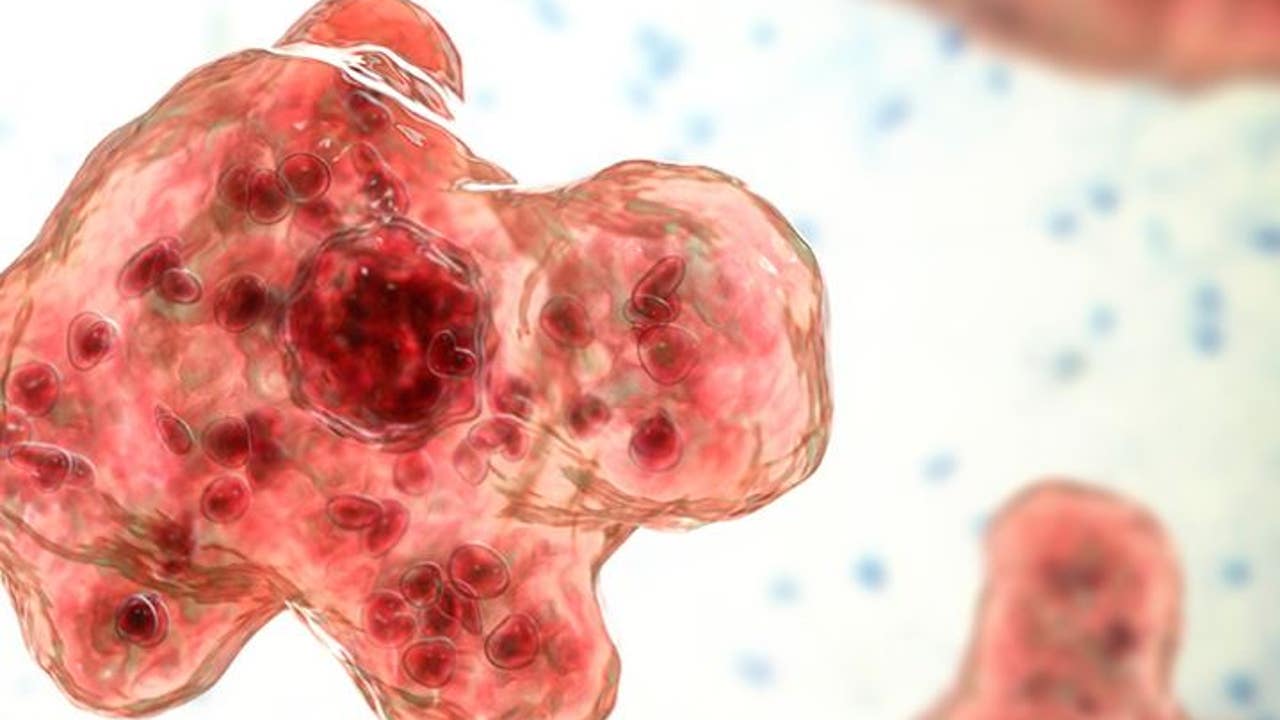Infection
Georgia resident dies from brain-eating amoeba, according to public health dept.
What is a brain-eating amoeba?
The Georgia Department of Public Health is warning you to take precautions after someone here died from a brain-eating amoeba. Health leaders say it likely came from exposure to a freshwater lake or pond, but won’t say which one due to confidentiality.
The Georgia Department of Public Health says they won’t release the location of where this deadly amoeba was found for “confidentiality reasons.”
DPR also told us that while the risk is low, people should “assume it is there and take appropriate prevention measures.”
“We can find this amoeba in lakes, rivers, ponds, hot springs, any body of fresh water,” said Georgia State Epidemiologist Dr. Cherie Drenzek.
Prior to this newly confirmed case of Naegleria fowleri infection, there have been five other cases reported in Georgia since 1962.
Brain-eating amoeba kills swimmer
An urgent news alert from the Georgia Department of Public Health after someone died from a brain-eating amoeba.
Symptoms of Naegleria fowleri infection typically start with severe headache, fever, nausea and vomiting and progress to stiff neck, seizures, and coma that can lead to death. Symptoms usually begin about five days after infection but can start within 1 to 12 days.
“Usually within 1 to 5 days, a person can go from severe headache to coma and then die,” Dr. Khan said.
“Only three infections per year, according to CDC, occur in the United States. So it’s a rare infection, but unfortunately, it is a fatal infection… so any time you go to warm, freshwater during the summertime, you have to keep this in mind,” Dr. Khan said.
The amoeba is naturally occurring, and there is no routine environmental test for Naegleria fowleri in bodies of water; and because it is very common in the environment, levels of the amoebas that naturally occur cannot be controlled. The location and number of amoebas in the water can vary over time within the same body of water.
Also avoid digging in or stirring up sediment in shallow water where the amoeba is more likely to live.
• Avoid jumping or diving into bodies of warm fresh water, especially during the summer.
• Avoid putting your head under water in hot springs and other untreated geothermal waters.
The Georgia Department of Public Health did not reveal any personal information about the victim. It is also unknown how long after exposure death occurred.
Click here for more information about the organism.

